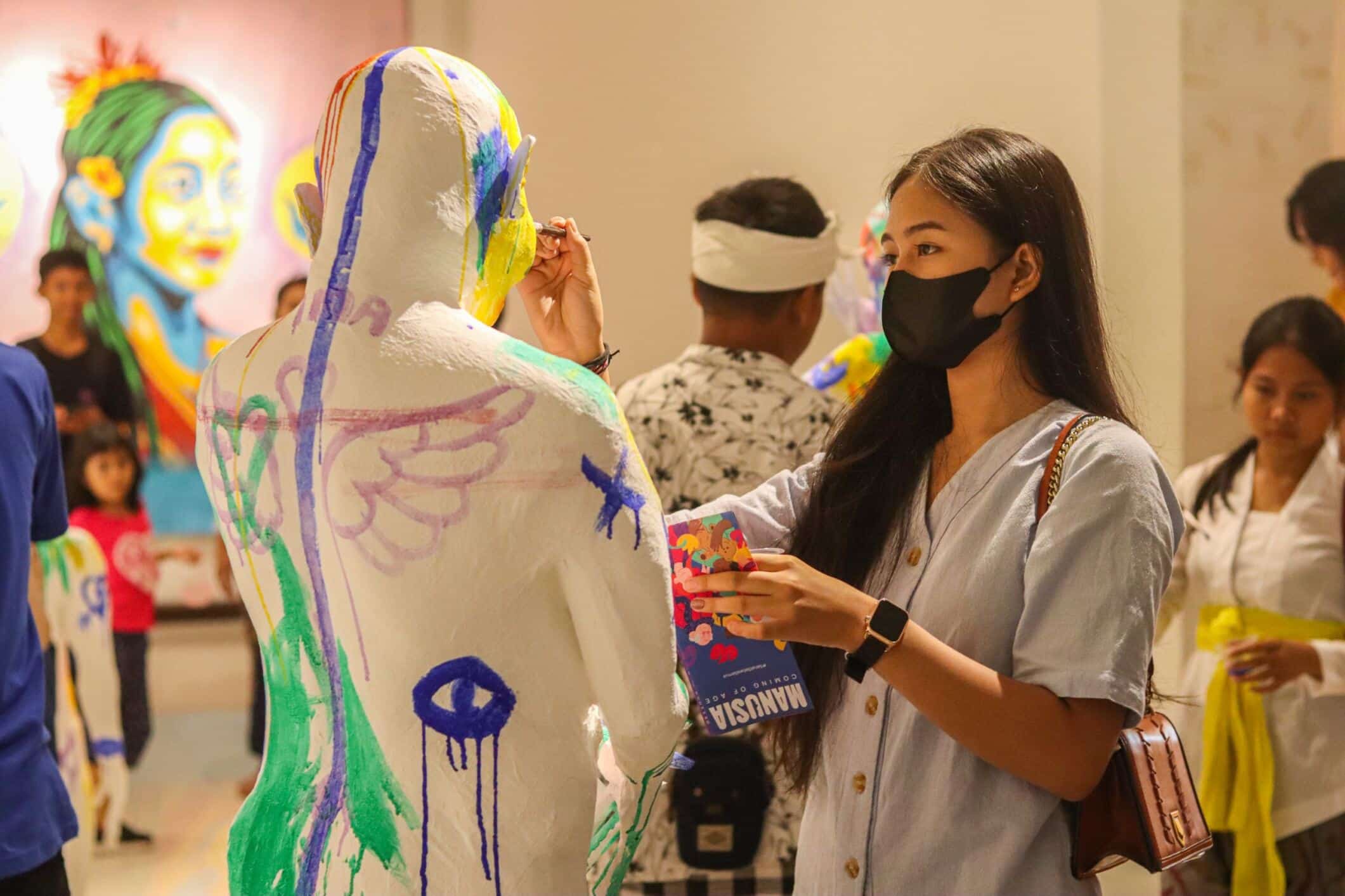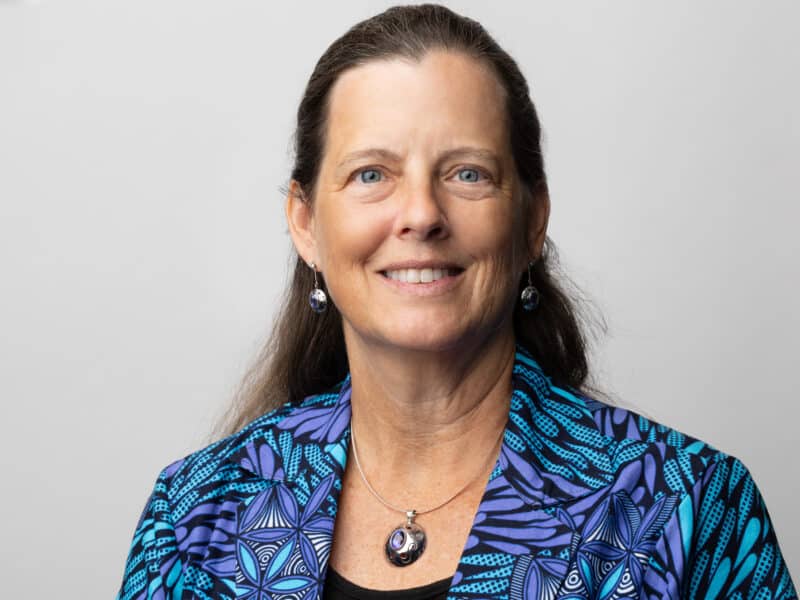Though children are exposed to unequal gender norms and social expectations from a young age, pressure to adhere to these norms accelerates in very early adolescence, between the ages of 10 and 14, when puberty begins. Boys are told they are not supposed to cry, that it’s a sign of weakness, not of masculinity. Girls are expected to remain “pure” and “innocent,” especially when it comes to ideas of virginity and menstruation.
It’s an age marked by rapid physical, social, and emotional changes, when children first start seeking relationships outside the household with peers and communities It’s also an ideal time for intervention to challenge the gendered social expectations that lead to differences in health outcomes between boys and girls over the course of their lives.
Working alongside a group of young adolescents, their caregivers, schools, communities, and government leaders, the Johns Hopkins Center for Communications-led Breakthrough ACTION, Perkumpulan Keluarga Berencana Indonesia (PKBI) Bali, and the Global Early Adolescent Study built a pilot package in Indonesia to address the pressures kids feel at this age to adhere to gender norms that can lead to bullying in schools and poor mental health.
Through a comprehensive human-centered design process conducted by Breakthrough ACTION partner ThinkPlace in Denpasar and Semarang, Indonesia, the group created a toolkit called the Gender Equity Today for Youth (GET 4 Youth) Pilot Package to help others develop similar interventions around the world.
“Most interventions focused on gender equity at this age are individual-level approaches aimed at very young adolescents themselves, such as comprehensive sex education programming,” says CCP’s Olivia Carlson, a program officer who worked on the package.
“What we wanted to do here is complement these existing interventions by addressing the key adults and systems that influence very young adolescents, creating a toolkit that can help families, schools, communities, and governments create more supportive environments where children can grow and thrive.”
While boys are more likely than girls to engage in harmful risk-taking behaviors and unprotected sex, girls are more likely to suffer from complications related to early pregnancy, childbirth, and unsafe abortions that all significantly contribute to their mortality. Longitudinal research completed by the Global Early Adolescent Study (led by the Johns Hopkins Bloomberg School of Public Health) and separate reviews completed through prior Breakthrough ACTION activities show that family members, religious leaders, and peers help shape and reinforce gender norms and social expectations of girls and boys.
PKBI Bali, a youth-led and youth-serving organization, was critical in all aspects of the package’s design. Eka Purni, executive director of PKBI Bali, emphasized the “crucial role” young people played in developing and refining the interventions in the package. “Most of the facilitators, program managers, and community organizers from PKBI Bali who worked on this package are young people themselves,” she says.
One of the more creative ideas developed during the human-centered design process involved the creation of an immersive art exhibition for adults and children to understand and empathize with bullying, release and express their emotions through participatory art, and engage in a community dialogue around gender norms. The guided event, curated and created in collaboration with a local artist organization, the Gurat Institute of Denpasar, was open to the public for six days.
The exhibition presented a meaningful, successful opportunity for cross-sector collaboration, Carlson says. Using art to communicate about the challenges facing young people allowed community members to reflect on the gender norms and social expectations young people face and how it affects their everyday life. And this very public display sent a message about how everyone in the community can be part of the solution.
Working with teachers, school staff, and administrators, Breakthrough ACTION, PKBI Bali, and the Global Early Adolescent Study also created “Safe Schools,” a whole-school initiative for middle schools that complements existing bullying prevention programs by equipping schools to respond to bullying in a gender-equitable way. This includes training teachers as well as setting up a reporting and referral system for bullying incidents.
Another component includes interactive choose-your-own-adventure-type videos to spark critical reflection and discussion among school staff and community leaders and members about how the actions of adults influence young adolescents. Still another, “Family Space,” is a series of dynamic, activity-based classes for caregivers and their children focusing on strengthening their relationships, using known change mechanisms: building empathy, envisioning alternative futures, and participating in collective reflection and discussion about gender norms.
Carlson says that participants appreciated the fact that the Family Space is for caregivers and children, something caregivers said was different from existing family programs in Bali.
Very young adolescents “experience a developmental phase where they start seeking relationships with peers and communities more outside of the household,” Carlson says. “They’re increasingly exposed to different pressures, expectations from others, and they start to internalize those gender norms. So that also makes it a really important phase for interventions. It’s a time where we can intervene to address these norms before they lead to many of the negative health consequences that we start seeing in older adolescence and into adulthood.”





